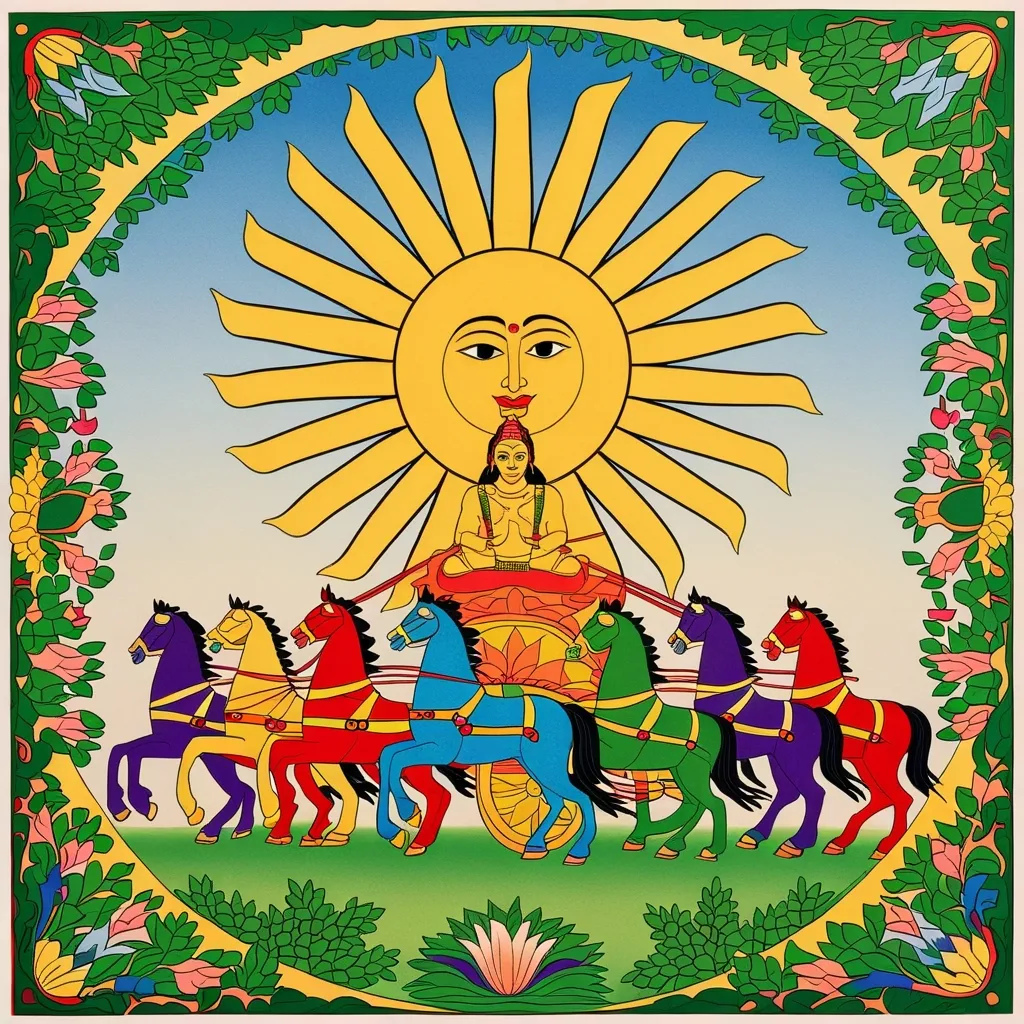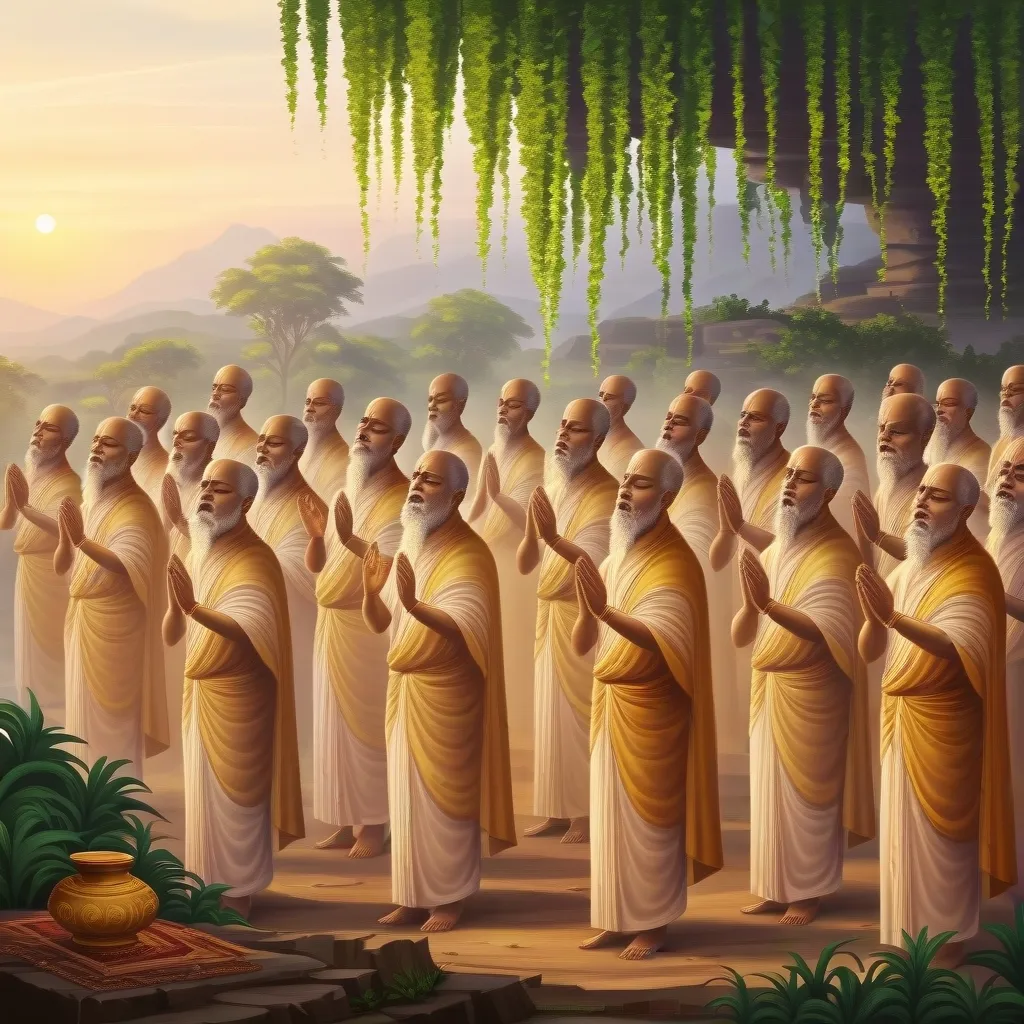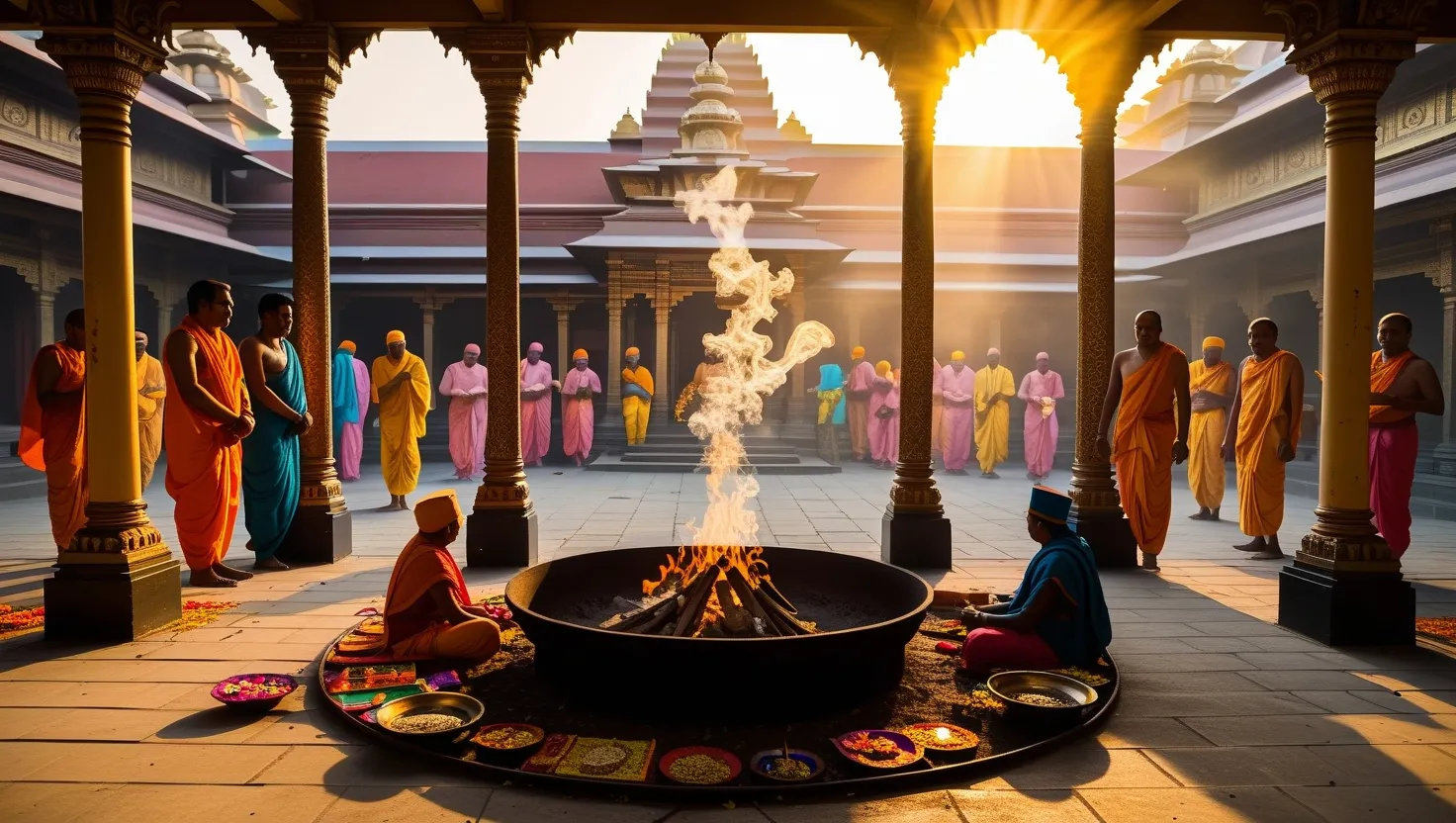In the grand expanse of Hindu scriptures, the Yajur Veda stands out as a foundational work, packed with deep insights into the spiritual and cosmic order. Among its numerous revered verses, the hymns dedicated to the Sun God truly shine. These hymns capture the essence of life, energy, and the universal force that sustains everything on this planet.
The Sun, often known as Surya or Savita, is celebrated in the Yajur Veda as the embodiment of truth, enlightenment, and the very heartbeat of life. Described as the cosmic regulator, the Sun is the cleanser of ignorance, flooding the world with light. The hymns to the Sun go beyond the poetic—they act as prayers meant to harness its energy and life-giving properties.
One of the most riveting aspects of these hymns is the portrayal of the Sun as an all-seeing deity. It’s said to witness all actions, be aware of the flight of birds in the sky, and see all hidden deeds past, present, and future. This omniscience underscores the Sun’s role as a guardian, ensuring truth and righteousness hold sway.
The Yajur Veda places great emphasis on the Sun’s role in sustaining life and nourishing the world. It’s likened to the soul and protector of the universe, with its rays symbolizing inner inspiration and knowledge. The light from the Sun is perceived as a force that clears the path to enlightenment, turning human ignorance into light and truth.
In these hymns, the Sun is frequently invoked to dispel darkness and breathe life into the world. For example, one prayer asks the Sun’s rays to awaken the entire creation, banishing laziness, neglect of worship, sorrow, and bad dreams. This prayer reveals a deep belief in the Sun’s energy as crucial for both physical and spiritual health.
The Sun’s daily journey across the sky also earns reverence. It’s depicted as riding a chariot pulled by seven bay horses, symbolizing the rainbow’s seven colors and the week’s seven days. This imagery highlights the Sun’s role in regulating time and natural cycles. As the Sun rises, it brings light to the world, illuminating everything and guiding people throughout their days.
The Yajur Veda contains prayers seeking the Sun’s protection and blessings. These aren’t just personal requests—they span the well-being of all living entities. For example, one hymn asks the Sun to protect both two-legged and four-legged creatures, making sure they have food and water, and protecting them from harm. This holistic approach underlines the Sun’s role as a universal benefactor.
Beyond its physical attributes, the Sun is perceived as a spiritual force. It’s associated with Savita, the divine power that inspires and nurtures the cosmos. Savita is described as the wellspring of all inspiration, governing cosmic laws and the cycle of give and take. This spiritual aspect of the Sun underscores its role in guiding people towards righteousness and enlightenment.
Solar worship, as outlined in the Yajur Veda, goes beyond mere ritual—it’s a profound spiritual practice. This involves invoking the Sun at various times of the day—sunrise, noon, and sunset—with prayers recognizing its role in granting mental peace and material comforts. The Super Gayatri Mantra, Vedic prayer central to this practice, is often chanted with a focus on Savita, seeking a pure intellect and liberation from sins.
The hymns to the Sun also reflect the ancient Indian perspective on the cosmos and the interconnectedness of all things. The Sun is seen as part of a larger cosmic order, influencing natural cycles and the lives of all beings. This holistic view highlights the importance of living in harmony with nature and respecting the divine forces that govern the universe.
Essentially, the hymns to the Sun in the Yajur Veda attest to the lasting significance of solar worship within Hindu spirituality. They offer a rich tapestry of spiritual practices, philosophical insights, and poetic expressions, celebrating the Sun as a symbol of life, energy, and divine guidance. These prayers and hymns continue to inspire and guide people on their spiritual paths, reminding them of the profound role the Sun plays in sustaining and nourishing all existence.
As we explore these ancient texts, it’s evident that reverence for the Sun isn’t just a historical relic but a living tradition that continues to shape modern spiritual practices. The Sun remains a powerful symbol of divine presence and guidance, offering insights into the nature of reality and the quest for truth. Through these hymns, we are reminded of timeless wisdom that venerates the Sun not only as a celestial body but as a divine force nurturing and sustaining the universe.
In our daily lives, these hymns serve as a reminder to appreciate and respect the natural world. They encourage a lifestyle in tune with nature’s cycles, acknowledging the Sun’s role in governing these rhythms. As we navigate our routines, we are invited to pause and contemplate the Sun’s journey, seeking to align our actions with its life-giving energy.
Reflecting on the Yajur Veda’s hymns to the Sun, we see the importance of community and collective well-being. These communal prayers seek blessings not just for the individual but for all living beings, emphasizing the interconnectedness of all life and the need for collective harmony and well-being.
In conclusion, the hymns to the Sun in the Yajur Veda are a treasure of spiritual wisdom, poetic beauty, and philosophical depth. They offer a profound exploration of the Sun’s role in sustaining life and guiding humanity towards righteousness and enlightenment. Drawing inspiration from these ancient texts, we are reminded of the enduring significance of solar worship and the timeless wisdom it embodies.






